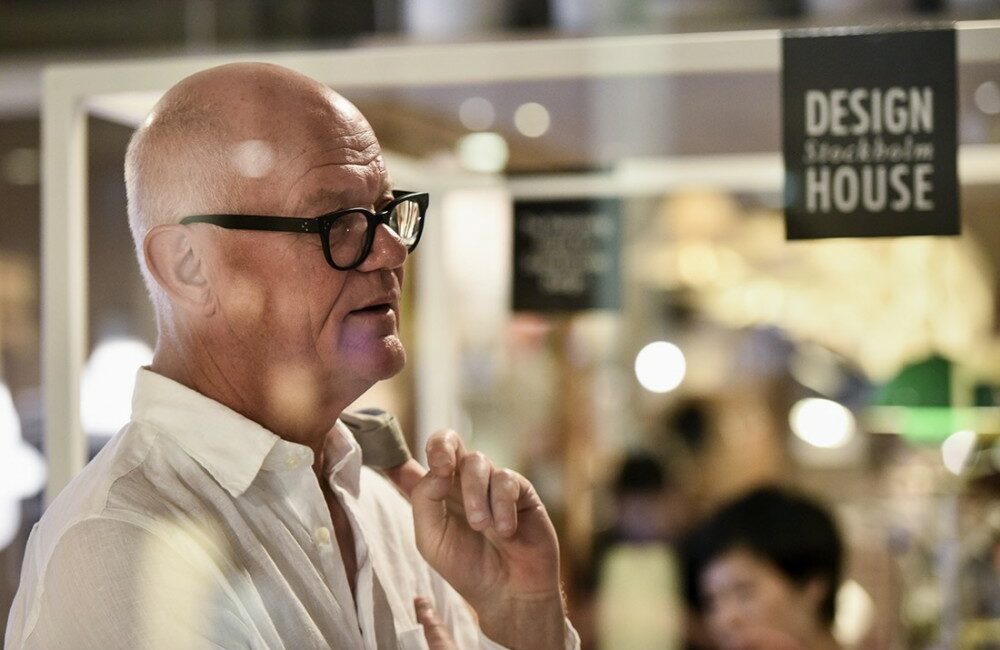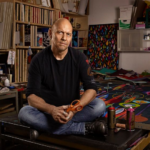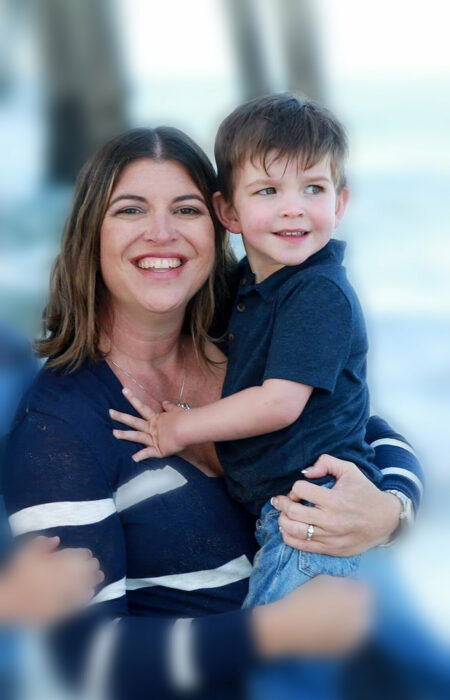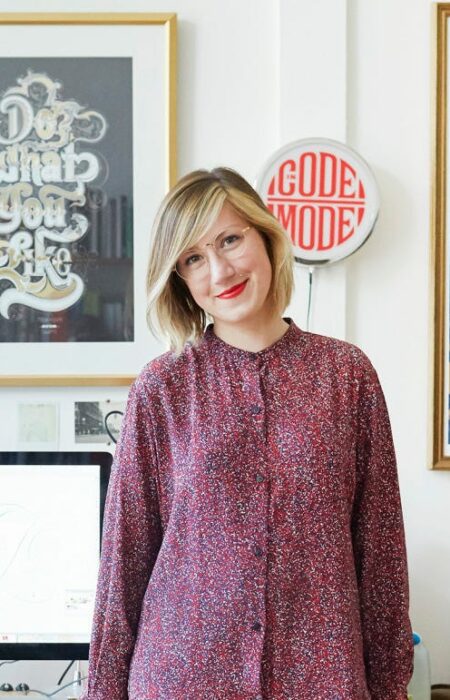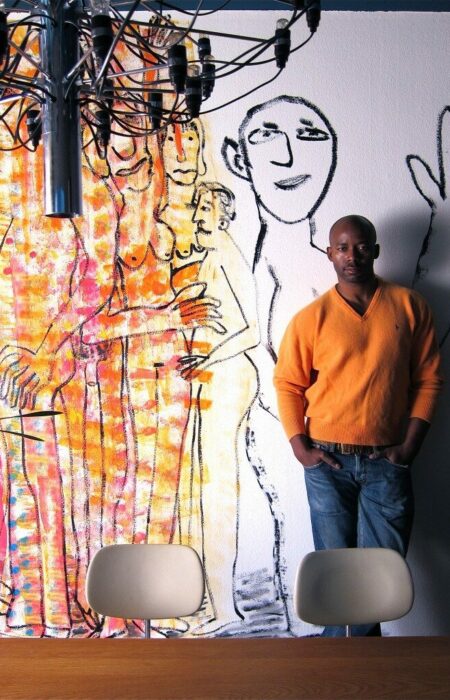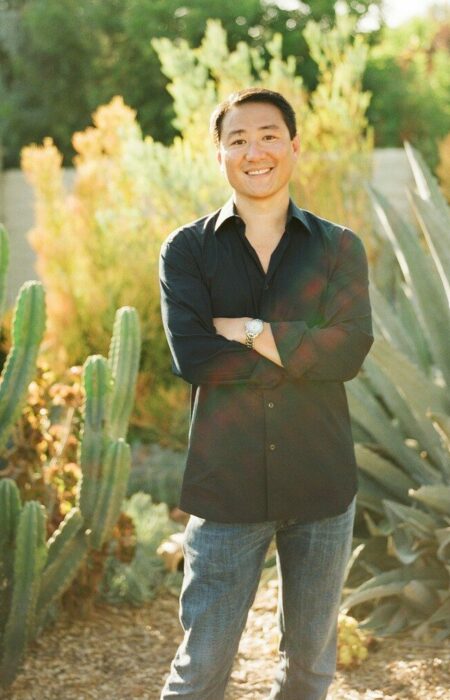Design House Stockholm brings the concept of a publishing house to the world of design. Founded by Anders Färdig in 1992, Design House Stockholm scouts for innovative design ideas and helps bring them to market in a way that is both high-quality and environmentally sound. In the sometimes lonely world of design, these creative talents are supported, mentored, and showcased. With eight concept stores from Stockholm to London to San Francisco, and with products carried by top retailers around the world and by the Museum of Modern Art in New York, Design House Stockholm steadily carries out its mission to make everyday objects that are useful problem-solvers and that are beautiful, timeless and playful.
Carrie bike basket by Marie Louise Gustafsson for DHS
The concept of a publishing company for literature is well established, but using that same concept for design seems innovative and brilliant. How did CEO Anders Färdig come up with this concept of supporting and marketing different designers under one brand?
The aim is to spread the unique Scandinavian design abroad. By working as a publisher, we give young talents access to put their ideas of design into production and get it out around the world, e.g. to MoMA and other prestigious design shops. It is often difficult for young talented designers to have their products in production, because many producers often work only with famous designers. We work with designers who create unique exciting products, and it is not so important if it is an established or newly graduated young designer. The important thing is that there is a unique and exciting product in its product category.
Cloud chair by Lisa Widen for DHS
How far does this support go? Do these designers share office or studio space? Do they collaborate on projects or share feedback with each other?
The designers contact us with their unique design ideas in a given product category, e.g. furniture, lighting, tabletop, etc. It is only the designer himself that is restricting the category. Last year, a fashion designer came to us with a unique fashion/art project. We have not worked with fashion before, but when we saw the project, it felt like such a unique project that it would fit perfectly into the Design House Stockholm concept.
Numb collection by Anna Bonnevier for DHS
Taking a great design idea and implementing that in mass production is a big challenge. Does Design House Stockholm also help its designers figure out production techniques and processes?
Design House Stockholm’s strength is to see and discover a good idea and thought — a problem solver — and then realize it. We work closely with our designers to work with product development and help them develop the idea into a finished product that is put into production. We work closely with various factories around the world. Depending on the type of product, we produce it in different factories and different countries — in Sweden, the Baltic countries, France, Portugal, China, Thailand and others.
Design House Stockholm’s core competencies include design, sourcing, logistics, marketing, and execution. We seek out designers with unique ideas and provide them with the opportunity to develop and manufacture their ideas and distribute their products to the global market. We are always on the lookout for young, vibrant designers and are quick to identify new talent that we find — for example, at local design schools in the Nordic region. Design House Stockholm maintains the exclusive rights for the production and sales of each product on a global basis. We see this unique product development process as a key competitive edge.
TID Ceramic clock by Marianne Abelson for DHS
Design House Stockholm’s goal is to be a mirror of the best of Scandinavian design today, and that the term Scandinavian refers to a philosophic and aesthetic perspective, rather than the geography of its designers. How would you describe the key elements of Scandinavian design?
Scandinavian design used to stand very much for simplicity, but it is so much more than that today. Design has changed. People are traveling and moving and getting inspiration from different parts of the world, which affects our way of expression in design greatly. Today, Scandinavian design stands for a much more playful expression in both its form and colors. The designers want to touch their consumers and bring design to a more artistic level. Naturally, the environmental aspect is very important in Scandinavian design, so designers dare to experiment more with different materials now.
Block lamp by Harri Koskinen for DHS
Your mantra is “Don’t make something unless it is both necessary and useful; but if it is both necessary and useful, don’t hesitate to make it beautiful.” So when your designers first start thinking about a new design of an everyday object, are they primarily aiming to solve some problem or improve on a design? Or is making something more beautiful a good starting point?
To solve a problem is absolutely most important!
Focus vase by Magnus Löfgren for DHS
Many of your products can function in multiple ways and invite that imagination and interaction with your customers. Is this a conscious design philosophy or a happy accident?
It’s our philosophy and has to do with our mission of being both necessary and useful. This philosophy runs through our entire network of designers, and the problem-solving nature of our products is seen as a playful collaboration with the customer.
Björk by Lena Bergström for DHS
What sorts of standards and goals do you have in terms of materials you use or the impact of your business and products on the environment?
We work strictly after a document of Code of Conduct. Our founder and CEO Anders Färdig visits all our factories by himself to make sure that the environment is good for the employees. We always discuss using the best material for nature, and it’s really important that all people at Design House Stockholm understand our mission and respect our values.
Blond White cappucino by The Relief Group for DHS
You’ve chosen to support established designers as well as young and promising designers. How do you discover these young talents, and what does this mix of experience and age bring to Design House Stockholm?
We work in many different ways — for example, we have a close collaboration with design schools. We visit the schools and do research, looking at exhibitions and thesis projects. We are also always at different fairs, and we visit their green houses for upcoming designers, etc. But we also have “Design Days” in different cities where we invite designers to come and present their ideas. When we do this we often collaborate with different organizations such as Svensk Form or a design museum, and, of course, design schools.
Our Design Days function like casting calls for new products. We hold them in each Scandinavian market but also in big design cities such as London, etc. Designers are able to come and showcase their design ideas, and Design House Stockholm gets a first hand view of what is out there.
Pleato by Marianne Abelsson for DHS
Your products are carried in your own concept stores and in top retail shops around the world, but have also received design awards and have been showcased in museums. Do you distinguish between ‘art’ and ‘design’? And where do you see your work going from here?
I think we are in an area between art and design. Even if we sell our products in big department stores such as Selfridges in London, our object is almost like a design piece. We have also started a studio collection. The first limited collection is a fashion couture line with the name ORB. ORB explores the notion of circular form and turns into a punctured sphere, a falling motion, and a resurrected form.
Design House Stockholm concept store
Orb collection by Design House Stockholm
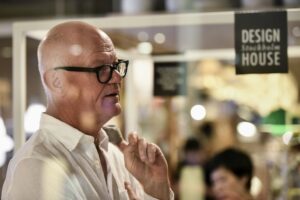
Founder and CEO Anders Färdig
Thank you to Hans Hjelmqvist, Head of Marketing, for representing Design House Stockholm in our interview!

